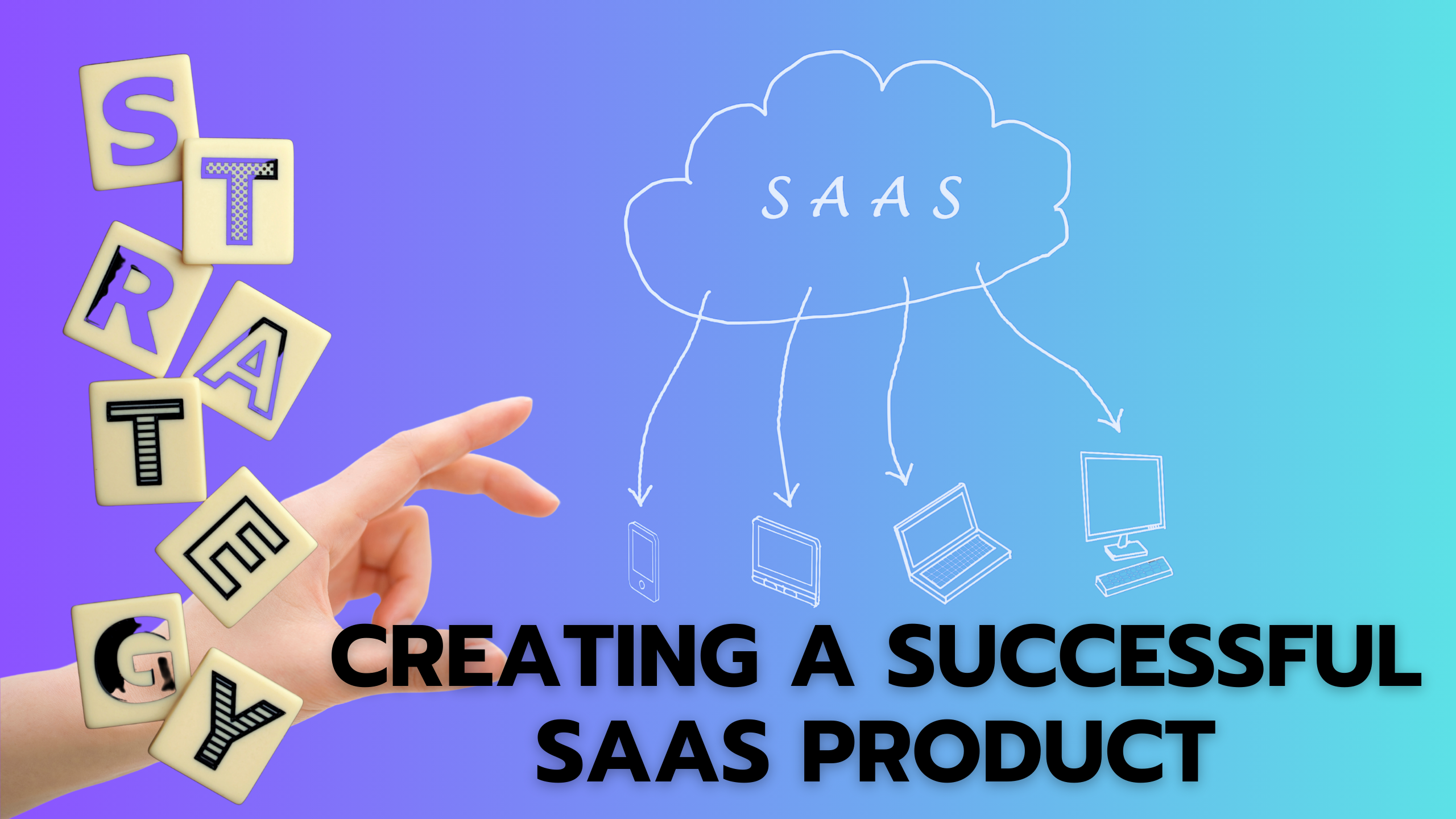Creating a Successful SaaS Product: Strategies for Excellence


Creating a Successful SaaS Product: Strategies for Excellence
In the competitive landscape of Software as a Service (SaaS), creating a successful product requires a combination of innovative strategies, user-centric design, and effective marketing. In this article, we’ll explore key strategies for crafting an excellent SaaS product and highlight examples of noteworthy products that embody these principles.
Unveiling Strategies for SaaS Excellence
How do you make a good SaaS product?
Creating a good SaaS product involves a thoughtful blend of the following strategies:
- Understand Your Audience:
- Identify your target audience and their pain points.
- Conduct thorough market research to grasp user needs and preferences.
- User-Centric Design:
- Prioritize user experience (UX) and design an intuitive interface.
- Gather user feedback and iterate on design improvements.
- Scalability and Flexibility:
- Build a scalable architecture to accommodate growth.
- Ensure flexibility to adapt to evolving technology trends.
- Reliable Performance:
- Provide robust and reliable performance.
- Implement regular maintenance and updates to enhance functionality.
- Data Security and Compliance:
- Prioritize data security and compliance with industry standards.
- Clearly communicate security measures to build user trust.
- Effective Onboarding:
- Design a seamless onboarding process for new users.
- Provide tutorials, documentation, and customer support for a smooth start.
- Continuous Improvement:
- Implement an agile development approach for continuous improvement.
- Regularly update features based on user feedback and market trends.
- Clear Pricing Model:
- Offer transparent and straightforward pricing.
- Provide different plans to cater to various user needs.
Noteworthy SaaS Products and Their Excellence
1. Asana
- Overview: Asana is a project management tool designed to help teams organize and track their work.
- Excellence Demonstrated:
- User-centric design for intuitive project management.
- Scalable for teams of all sizes.
2. Monday.com
- Overview: Monday.com is a work operating system that powers teams to run projects and workflows.
- Excellence Demonstrated:
- Visual and flexible project tracking.
- Continuous improvement through regular updates.
3. Zendesk
- Overview: Zendesk is a customer service platform that provides tools for ticketing, self-service, and customer engagement.
- Excellence Demonstrated:
- User-friendly interface for effective customer support.
- Data security and compliance measures.
4. Stripe
- Overview: Stripe is a payment processing platform for online businesses.
- Excellence Demonstrated:
- Reliable performance in handling online transactions.
- Scalable to support businesses of varying sizes.
5. Zoom
- Overview: Zoom is a video conferencing platform that facilitates virtual meetings and collaboration.
- Excellence Demonstrated:
- User-friendly interface for seamless video conferencing.
- Continuous improvement with added features.
6. Slack
- Overview: Slack is a collaboration platform that streamlines communication within teams.
- Excellence Demonstrated:
- Effective onboarding with user-friendly chat interface.
- Scalable for communication in diverse teams.
7. Salesforce
- Overview: Salesforce is a leading CRM platform, offering tools for sales, marketing, service, and more.
- Excellence Demonstrated:
- Clear pricing model with various plans.
- Continuous improvement through regular updates.
Conclusion
Crafting a successful SaaS product involves a holistic approach that combines understanding user needs, prioritizing user experience, ensuring scalability, and embracing continuous improvement. The examples mentioned above showcase products that have excelled in implementing these strategies, contributing to their widespread adoption and success in the market.
Explore more about these SaaS products by visiting their respective websites: Asana, Monday.com, Zendesk, Stripe, Zoom, Slack, and Salesforce.
https://www.youtube.com/shorts/pYAv9PZ6Zgg





